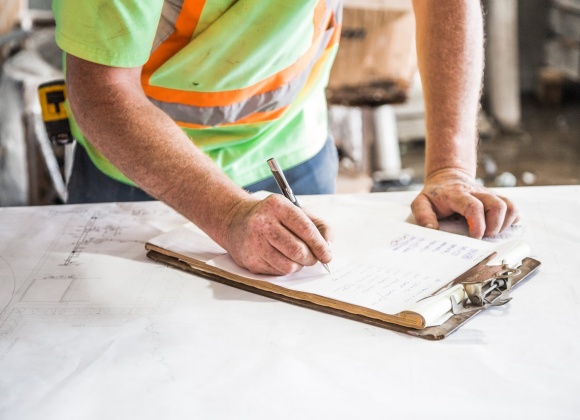London's Commercial Property Energy Efficiency Journey: A 20-Year Evolution
In the bustling heart of London, amidst its iconic skyline, lies a silent revolution that has been shaping the cityscape over the past two decades – the transformation of commercial properties towards energy efficiency. As concerns over climate change have intensified globally, London, as a leading metropolis, has been at the forefront of implementing measures to reduce carbon emissions and enhance sustainability. In this blog, we embark on a journey through time to explore the significant changes in energy efficiency within London’s commercial real estate sector over the past 20 years.
The Early 2000s: Laying the Foundation
Twenty years ago, energy efficiency in commercial properties was not a top priority. The focus was primarily on functionality and aesthetics, with little attention paid to environmental impact. However, as awareness of climate change grew, policymakers began laying the groundwork for a more sustainable future. Building regulations were introduced to set minimum standards for energy performance, albeit with relatively modest targets.
Mid-2000s to Early 2010s: A Shift in Mindset
As the threat of climate change became increasingly apparent, a paradigm shift occurred within the commercial real estate sector. Property developers and owners started recognizing the importance of energy efficiency not only as a moral imperative but also as a strategic business decision. Green building certifications such as BREEAM (Building Research Establishment Environmental Assessment Method) and LEED (Leadership in Energy and Environmental Design) gained traction, incentivizing developers to invest in sustainable design and technologies.
During this period, retrofitting existing buildings became a key focus. Aging commercial properties underwent energy audits, and measures such as improved insulation, energy-efficient lighting, and upgraded HVAC systems were implemented to reduce energy consumption and operational costs. The introduction of government schemes and financial incentives further encouraged property owners to embrace energy-saving initiatives.
Mid-2010s to Present: Accelerated Innovation
In recent years, the pace of innovation in commercial property energy efficiency has accelerated significantly. Technological advancements, coupled with stringent environmental regulations and ambitious sustainability targets, have propelled the industry towards greater efficiency and sustainability. London’s skyline is now adorned with energy-efficient skyscrapers boasting cutting-edge design and state-of-the-art green technologies.
One notable trend in recent years is the integration of renewable energy sources into commercial properties. Solar panels, wind turbines, and geothermal systems are increasingly being incorporated into building designs, allowing properties to generate clean energy onsite and reduce reliance on fossil fuels. Moreover, smart building technologies, including advanced energy management systems and IoT (Internet of Things) sensors, are revolutionizing how commercial properties are monitored and controlled, optimizing energy usage in real-time.
The Future of London’s Commercial Property Energy Efficiency
Looking ahead, the trajectory of energy efficiency in London’s commercial real estate sector appears promising. With the UK government’s commitment to achieving net-zero carbon emissions by 2050, the pressure to decarbonize buildings will only intensify. This will likely drive further innovation in sustainable building design, construction techniques, and energy-efficient technologies.
Additionally, evolving consumer preferences and investor demands for environmentally responsible properties will continue to shape the market. Businesses are increasingly prioritizing sustainability in their corporate strategies, recognizing the long-term benefits of occupying energy-efficient premises. As a result, demand for green-certified buildings is expected to surge, driving up property values and rental premiums for sustainable assets.
In conclusion, the evolution of energy efficiency in London’s commercial property sector over the past two decades is a testament to the city’s commitment to sustainability and environmental stewardship. From modest beginnings to the forefront of green building innovation, London has demonstrated its ability to adapt and thrive in an era of climate change. As we look towards the future, the journey towards a more sustainable built environment is set to continue, shaping the skyline of London for generations to come.



